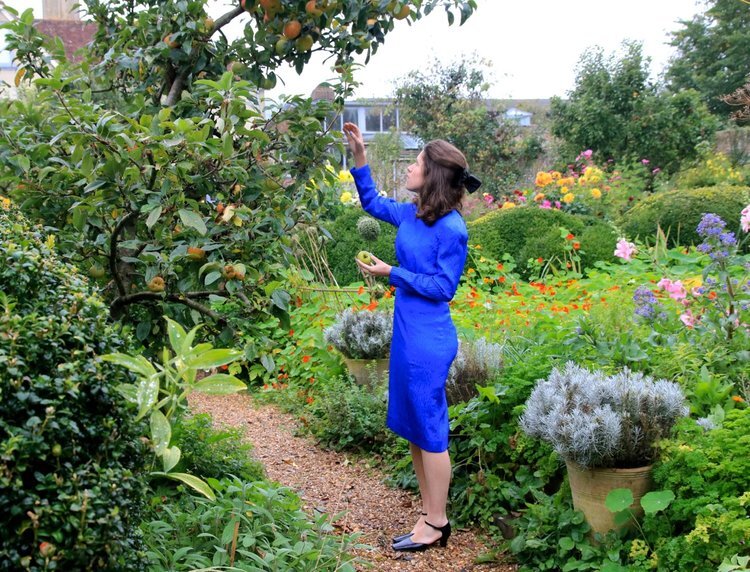Mouse-Ear Hawkweed
Pilosella officinarum
Asteraceae
4th June 2020
I love the pretty paleness of this perennial, the dense yet softly layered centre of the flower and the way the petals fan out at the edges. I went out this evening to take a couple more photos, but, with the sun having gone in, the little flowers had closed up for the night, the pale yellow outer petals creating such a delightful contrast with the bright yellow centre.
Such a strange name! Mouse-ear Hawkweed, but I do love the Latin name Pilosella. I had always assumed it was a dandelion, and it does share the same family Asteracece, the daisy family.
Collins says, FLOWERS In heads 2-3cm across, with pale yellow florets that have a red stripe below; heads solitary on leafless stems. LEAVES Spoon-shaped, green and hairy above, downy white below; in a basal rosette.
It is also know as Hieracium pilosella, and Hieracium means hawk in Ancient Greek, giving the Hawkweed’s their name. It was believed by falconers that hawks fed on hawkweed to to sharpen their eyesight. Hawks were regarded as sacred by the ancient Greeks, and hawkweed was seen as a holy plant.
I love the pale yellow of the flowers, almost always described as 'lemon yellow’ when reading about this wildflower. Keep an eye out of them, they are around from May through to October.
Alice x



